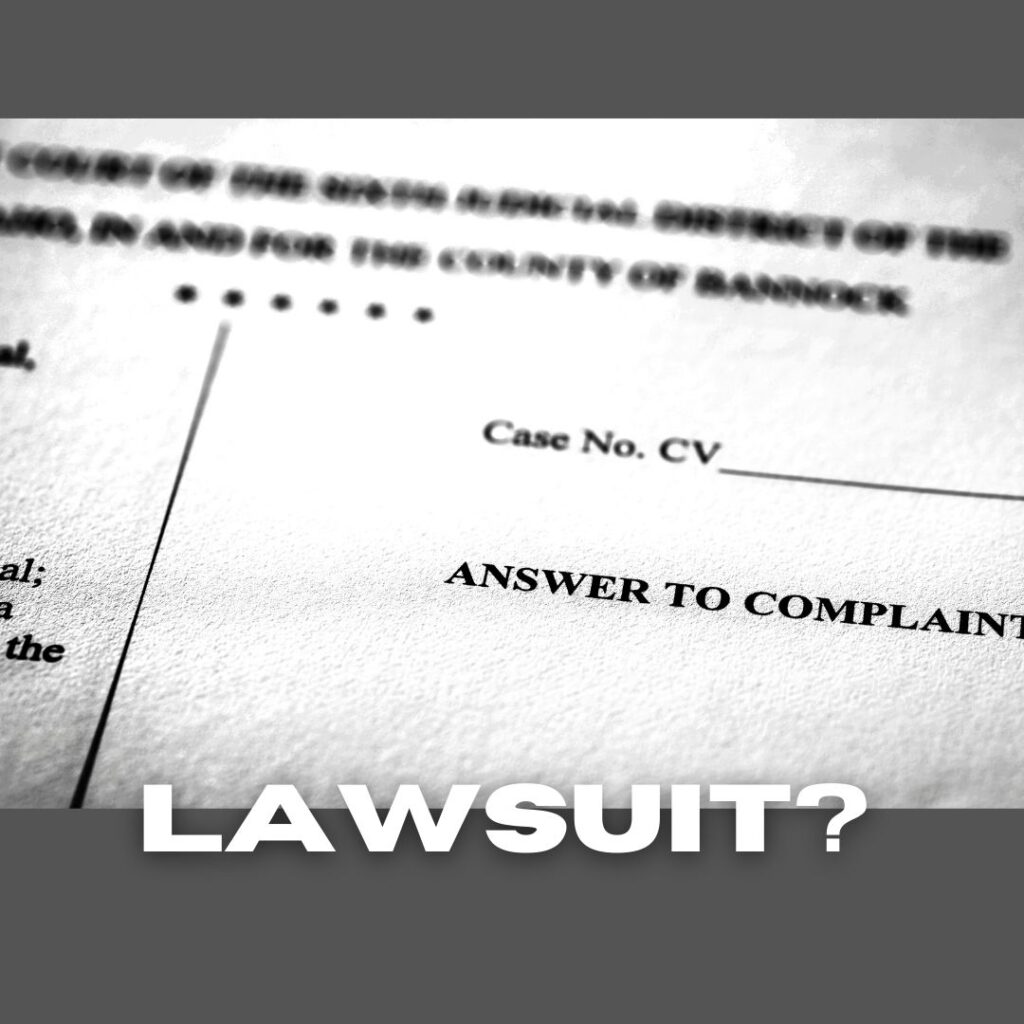Litigation can be stressful, time-consuming, and scary. Knowing the procedures of litigation can help ease the anxiety. Having an experienced trial lawyer who will explain the process from start to finish will even further alleviate that stress.
Litigations commence by the service of the summons and complaint (in Minnesota the summons and complaint do not have to be initially filed to start litigation – Iowa, Arizona and Wisconsin they do). The complaint is the formal document that states what the claims are against the defendant(s). Thereafter, the defendant(s) can either:
- 1) do nothing and risk default judgment being entered against it/them;
- 2) file an answer which either admits or denies the claims;
- 3) file an answer and counterclaim that asserts claims back against the plaintiff; or 4) file what is called a motion to dismiss the complaint which seeks to have the judge dismiss the complaint on somewhat technical grounds.
Once the battlefield has been set – the claims, counterclaims and defenses have been asserted – the parties proceed to what is called discovery. During this phase of the litigation, the parties turnover discoverable documents to each other, are able to serve interrogatories requiring the other party to answer written questions under oath, and take depositions during which time a court reporter transcribes all the questions asked and answers given under oath.
After discovery, the parties may file dispositive motions – motions which seek to dispose of some or all of the claims in the respective party’s favor – or may simply proceed to trial. If the latter, the court will have a scheduling order that sets forth dates for the parties to disclose exhibit lists, witness lists, jury instructions, and other pre-trial filings.
Once at trial, the parties present their case to either a judge or jury depending on the claim and that trier of fact renders a decision. The decision from the judge or jury will set forth whether the party has met their burden in asserting their claim(s) and, if so, what damages are being awarded – be it monetary or non-monetary.
After the decision is rendered, parties have an automatic right to appeal the decision to the court of appeals.
All told, most civil litigations take 12 to 18-months (or more depending on the complexity or more recently, the impact of the pandemic) from the time the litigation is commenced until the time there is a decision at trial. At any point – before filing, after filing, before trial, during trial, or even after trial – the parties can and often do settle their disputes as discussed in our next post.

The material contained herein is provided for informational purposes only and is not legal advice, nor is it a substitute for obtaining legal advice from an attorney. Each situation is unique, and you should not act or rely on any information contained herein without seeking the advice of an experienced attorney. All information contained in links are the property of the linked site.

